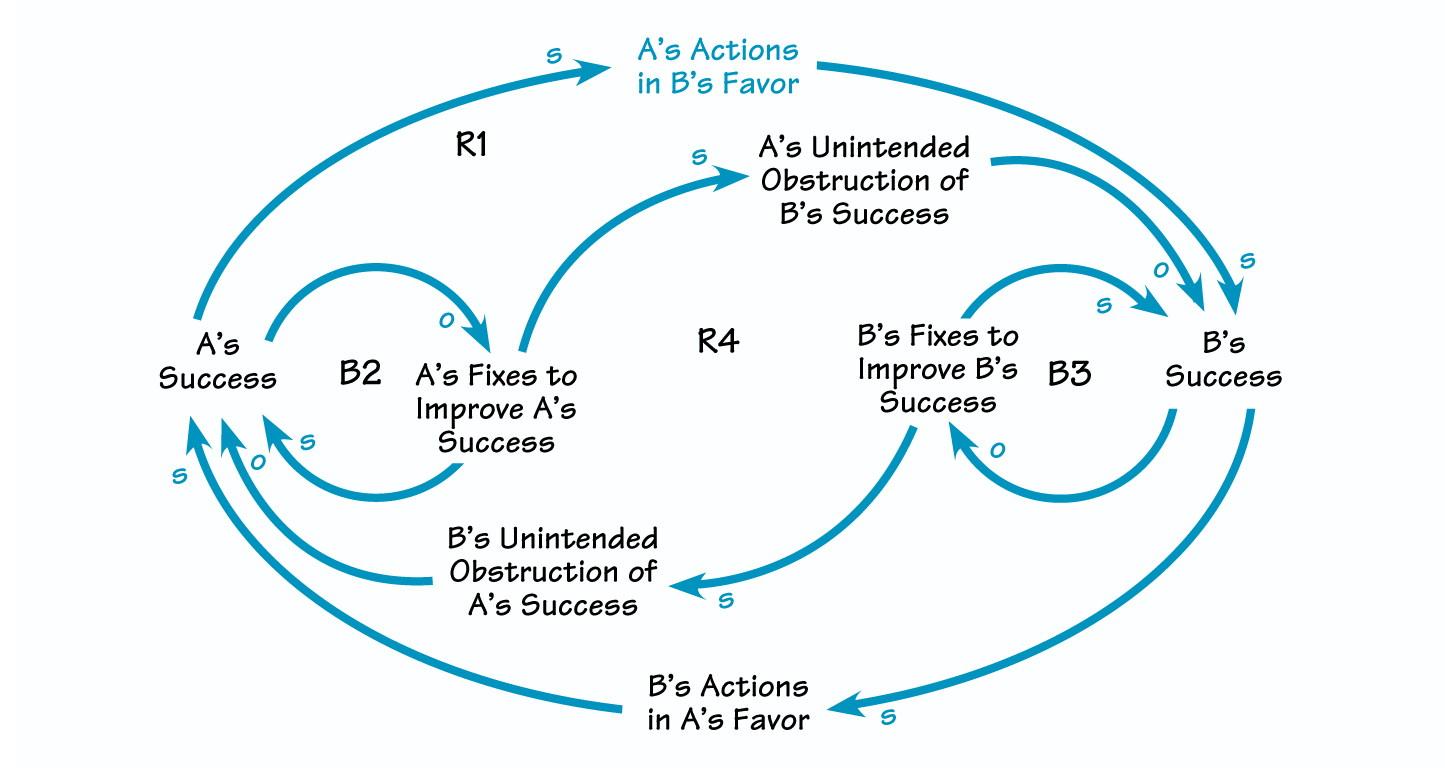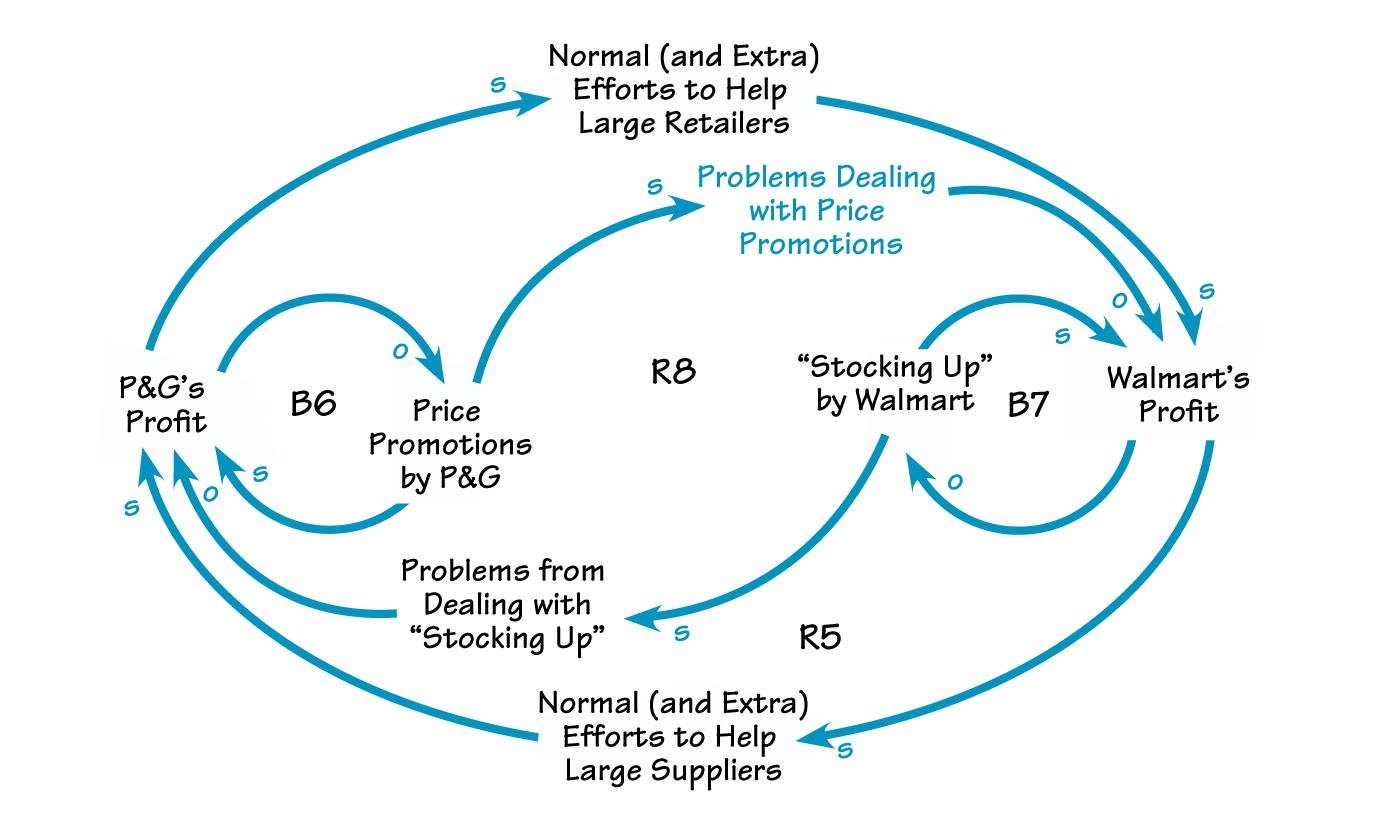Big Machines, an equipment manufacturer, decides to form a strategic alliance with Special Parts, Inc., a custom-designed components supplier. The partnership goes well until some parts don’t meet Big Machines’ specifications and Special Parts falls behind schedule. Its managers don’t tell Big Machines about the problems because they hope to make up the time and don’t want to look bad. However, Big Machine loses several key customers because of the delays.
For Big Machines, it seems like a clear case of being cheated by its supplier. Its managers turn up the heat on Special Parts, while congratulating themselves for not having shared their proprietary assembly process with such an unreliable supplier.
Meanwhile, Special Parts becomes frustrated by the “stonewalling” it receives from Big Machines whenever it tries to find out why a part is being rejected. It is never told that some of the parts are incompatible with the proprietary assembly process. Special Parts begins to question Big Machines’ motives — and Big Machines questions Special Parts’ commitment to the partnership. The alliance is in jeopardy.
The irony of this situation and similar scenarios is that often when two groups have much to gain from working together, they end up becoming resentful and locked in fierce combat. Is there, perhaps, a structural reason for this outcome?
Accidental Adversaries
“Accidental Adversaries” archetype explains how partners can turn into bitter enemies when a win-win situation becomes unintentionally dominated by adversarial behavior. This story is applicable to teams working across functions, joint ventures between organizations, union-management battles, family disputes, and even civil wars.
“Accidental Adversaries” starts with two groups who have chosen to work together because they can mutually support each other’s success. If the alliance works, both groups will gain increasing success (R1 in “‘Accidental Adversaries’ Template”). The problem arises when one or both parties is not satisfied with its current performance and takes corrective measures (B2) which unintentionally obstruct the partner’s success.
Although the action is important to A, the impact on A’s partner is either not considered or not understood. This is partly because partners typically do not discuss such issues in detail for reasons of privacy or to “look good.” The result: while Partner A feels it is merely taking advantage of a great opportunity Partner B feels like it is being taken for a ride. B reacts by taking countermeasures that diminish the negative effects of A’s actions (B3), but also unintentionally impede A’s success.
If the obstructive activity persists and results worsen, the partnership eventually breaks down. The internal loops meld into a single vicious reinforcing cycle (R4). By now, each partner has almost forgotten the original purpose for collaborating. The focus is on each partner’s seemingly “hostile” actions. It therefore becomes increasingly unlikely that either side will ever learn the effect it is having on the other.
“ACCIDENTAL ADVERSARIES” TEMPLATE

Working at Cross-Purposes
The “Accidental Adversaries” structure was first recognized in a situation involving Procter & Gamble and Walmart, the largest consumer products and retailing companies (respectively) in the world. Both companies had the same goal — to improve the effectiveness and profitability of their production/distribution system — but they each felt the other was acting in self-serving ways that damaged their relationship.
In the 1970s and 1980s, manufacturers such as Procter & Gamble began to rely on heavy discounts and price promotions in order to boost market share and increase profits (loop B6 in “From Allies to Adversaries”). But the promotions created enormous costs and difficulties for distributors such as Walmart. The distributors responded by “stocking up” — buying large quantities of the product during the discount period, then selling it at regular price when the promotion ended and using that income to improve their margins (B7).
This deeply undermined the manufacturers’ profitability because the retailer was selling a larger quantity of discounted product than the manufacturer had expected. It also caused great swings in volume, which added to the manufacturers’ costs because distributors would not need to order more product for months. To improve their results, the manufacturers pushed even more heavily on promotions and blamed the distributors for their problems. The distributors countered by stocking up even more.
Eventually, consumer products companies such as Procter & Gamble found themselves putting effort into promotions at the expense of new product development, while distributors such as Walmart concentrated more on buying and storing promoted products than improving basic operations. Much of the short-term profits from the promotions were drained away in long-term costs. A reinforcing loop had formed in the middle, causing a spiral of mutually-detrimental actions (R8).
Maintaining the Alliance
An “Accidental Adversaries” structure usually indicates a lack of coordinated action between two or more parties. As with other large-system archetypes, such as “Tragedy of the Commons,” effective solutions do not lie at the individual level. Instead, the leverage is to strengthen your understanding of your partner’s fundamental needs, and how you might support their success, as measured by their own criteria. This may include helping to remove or weaken the constraints in your partner’s system that make your own solution harmful.
FROM ALLIES TO ADVERSARIES

In the case of Procter & Gamble and Walmart, the leverage came from bringing both sides into the same room, in order to understand the structure they had built up. Once together, they each discovered that the other organization’s strategy seemed perfectly rational and reasonable from their local perspective. There was no “treachery” afoot; there was simply a larger system whose pieces didn’t work well together.
Having recognized this, they could start collaborating on a new joint strategy. Procter & Gamble offered, for the first time, to stop promotions at Walmart and provide an “everyday low price.” Within a few years, Procter & Gamble announced that it would completely give up promotions as a marketing tool.
Procter & Gamble’s actions illustrate the tremendous leverage that can result when this archetype is applied to a troubled situation. When the partners realize the damage has been done unintentionally, the original intent of the partnership is reaffirmed. The partners can then work together to discover new ways of dealing with their local issues (alternatives to loops B2 and B3) that will not harm their partner. Perhaps most importantly, they can discuss the win-win loop (R1) at a more profound level, given the deeper understanding of each other’s needs and systems and therefore engage more fully in the partnership.
Jennifer Kemeny is a senior consultant with Innovation Associates (Framingham, MA). Jennifer has a B.A. from Dartmouth College and has done doctoral work in the system dynamics department of the MIT Sloan School of Management.
This material will appear in a different form in The Fifth Discipline Fieldbook (Doubleday, forthcoming Spring 1994).
Editorial support for this article was provided by Colleen Lannon-Kim.
